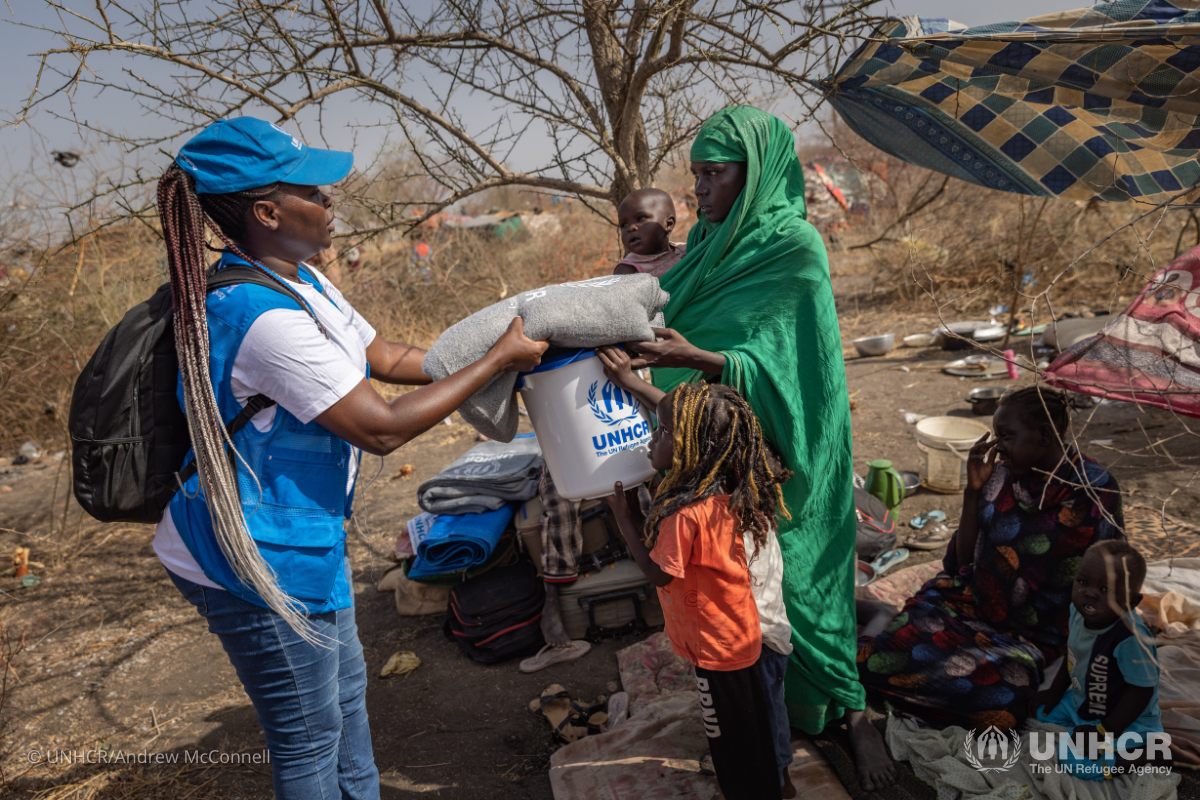U.S. Asylum and Border Policies Explained
The number of refugees and asylum-seekers from El Salvador, Guatemala and Honduras seeking safety in the United States has soared in recent years. Worsening violence fueled by drug cartels and gangs account for much of the increase, along with fragile institutions and increasing inequalities. Climate change is exacerbating the violence and economic hardship that are spurring increased displacement.
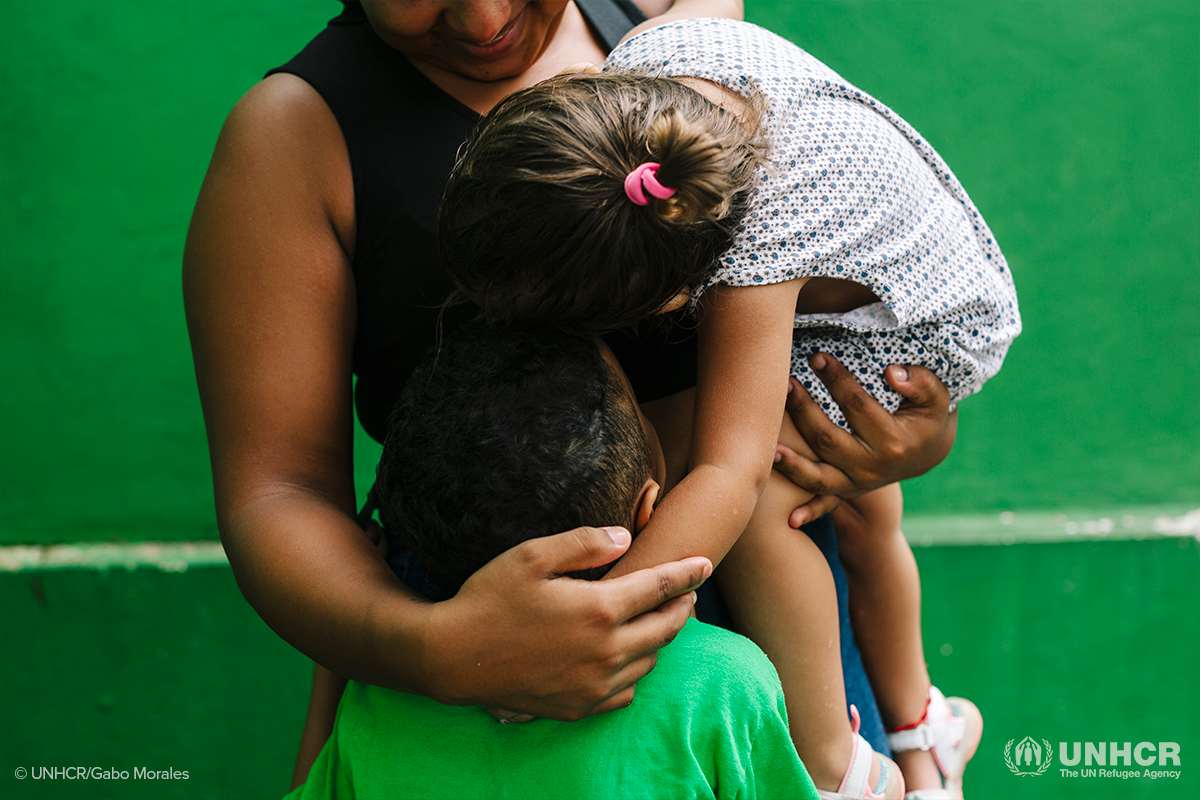
Each day thousands of families are forced to flee their homes because they experience and fear violence and persecution. They are forced to leave everything behind and undertake dangerous journeys just to find a safe place where they can rebuild their lives.
Here's what you need to know:
1. Why are people seeking asylum at the U.S. border?
2. Is it legal to seek asylum at the U.S. border?
6. What is UNHCR doing at the U.S.-Mexico border?
Why are people seeking asylum at the U.S. border?
People from Central America, Mexico, Venezuela, Colombia, Cuba, Haiti and beyond – including Asia and Africa – are escaping situations where they fear for their lives. In Central America, hundreds of thousands of families have been victims of violence, extortion and persecution at the hands of local gangs, with no recourse from government institutions. The high levels of violence in the region are only comparable to those experienced in war zones. In Venezuela, 5.9 million people have left the country, many escaping generalized violence and lack of food and medicine.
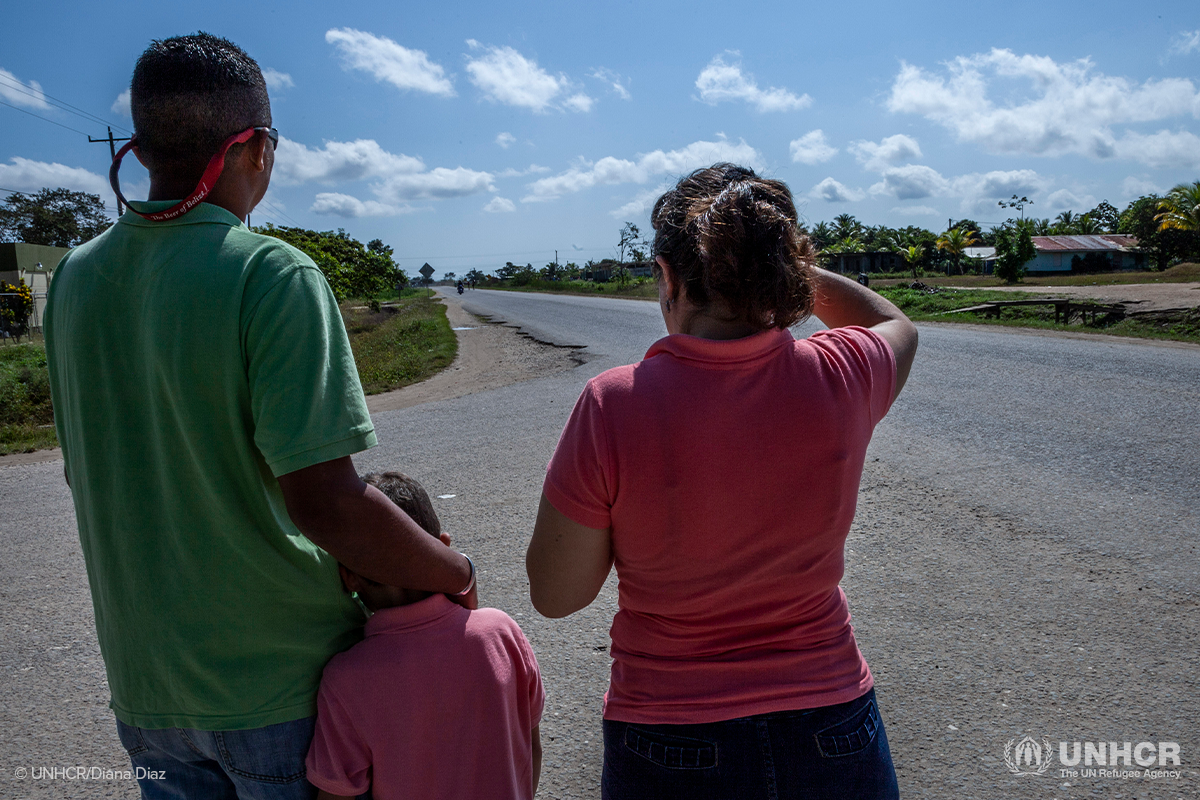
“I always remember that day. They called me to tell [my brother] that next time he messed with them, they would kill him,” says Patricia, one of the many victims of gang violence in Honduras. “We moved internally several times looking for a safe place to live. But the fear did not let us live in peace. Gangs find you everywhere in Honduras.”
Is it legal to seek asylum at the U.S. border?
The right to seek asylum is grounded in both the Universal Declaration of Human Rights (Art. 14) and the 1951 Refugee Convention (including its 1967 Protocol). Anyone who fears violence and persecution has the right to seek asylum and should not be returned to a territory where they fear threats to their lives or freedom (principle of non-refoulement, Art. 33, 1951 Refugee Convention). The U.S. Congress incorporated this definition into U.S. immigration law in the Refugee Act of 1980.
According to the 1967 Protocol, adopting countries including the United States should consider the individual claims of people requesting asylum in their territory or at a port of entry and have the obligation to provide protection and humanitarian assistance to those who need it. The U.S. Refugee Act establishes two paths to obtain refugee status -- either from abroad as a resettled refugee or in the United States as an asylum-seeker.
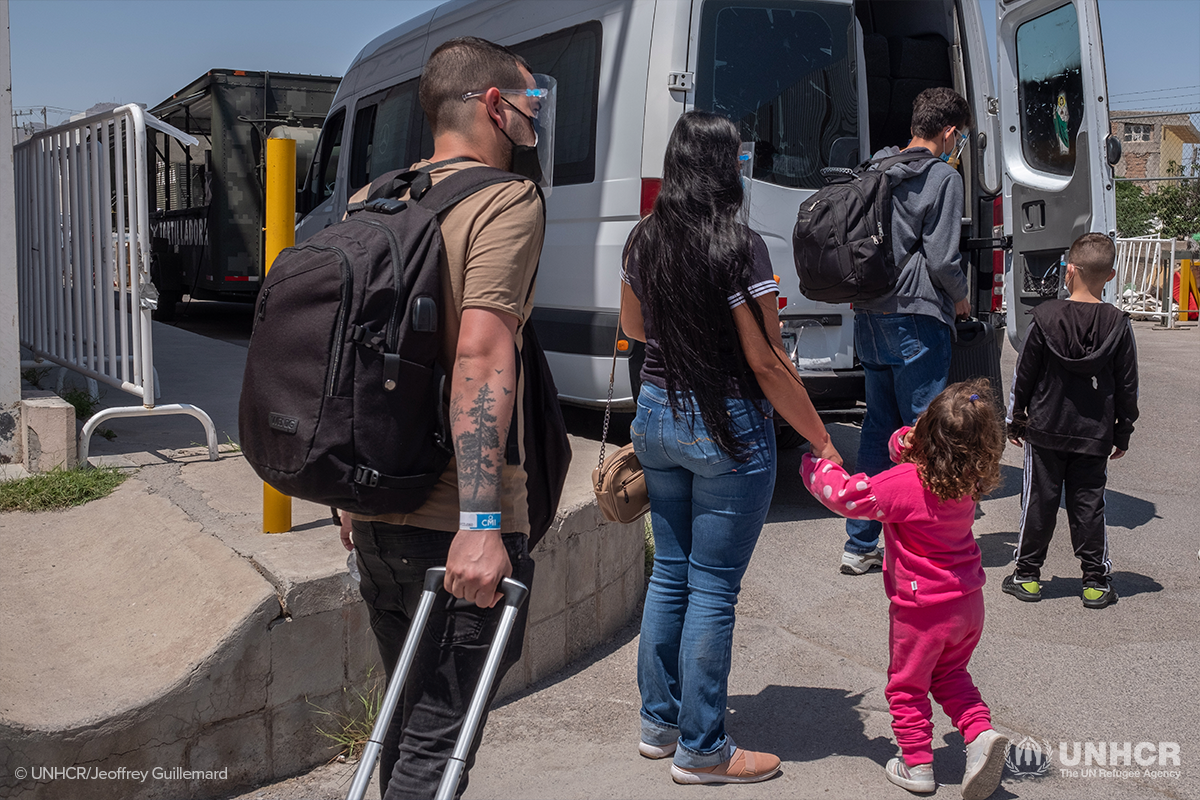
What is Title 42?
The United States has long had a legal framework to guarantee the right to seek asylum to individuals who arrive at our borders and ask for protection. Starting March 20, 2020, in the context of the COVID-19 pandemic, the majority of people seeking to apply for asylum were turned away and “expelled” back to Mexico or their home countries under a provision of U.S. health law, section 265 of Title 42, without any consideration of the dangers they might be returned to.
UNHCR consistently called on the U.S. government to end the policy swiftly. In September 2021, High Commissioner Filippo Grandi stated, “I reiterate UNHCR’s call for the U.S. government immediately and fully to lift its Title 42 restrictions in effect since March of 2020 which continue to deny most people arriving at the southwest U.S. land border any opportunity to request asylum.”
In January 2023, the U.S. government announced Title 42 restrictions would end on May 11, 2023. The U.S. government is implementing initiatives to manage the movement of people in the region toward the U.S. southern border, including an expanded parole program for certain nationalities, widened use of the CBP One app for entry into the country, expanded access to family reunification, as well as increased use of expedited removals (rapid removals under U.S. immigration law) at the border, a proposed regulation that places restrictions on U.S. asylum eligibility at the border and a joint U.S.-Colombia-Panama campaign in the Darien.
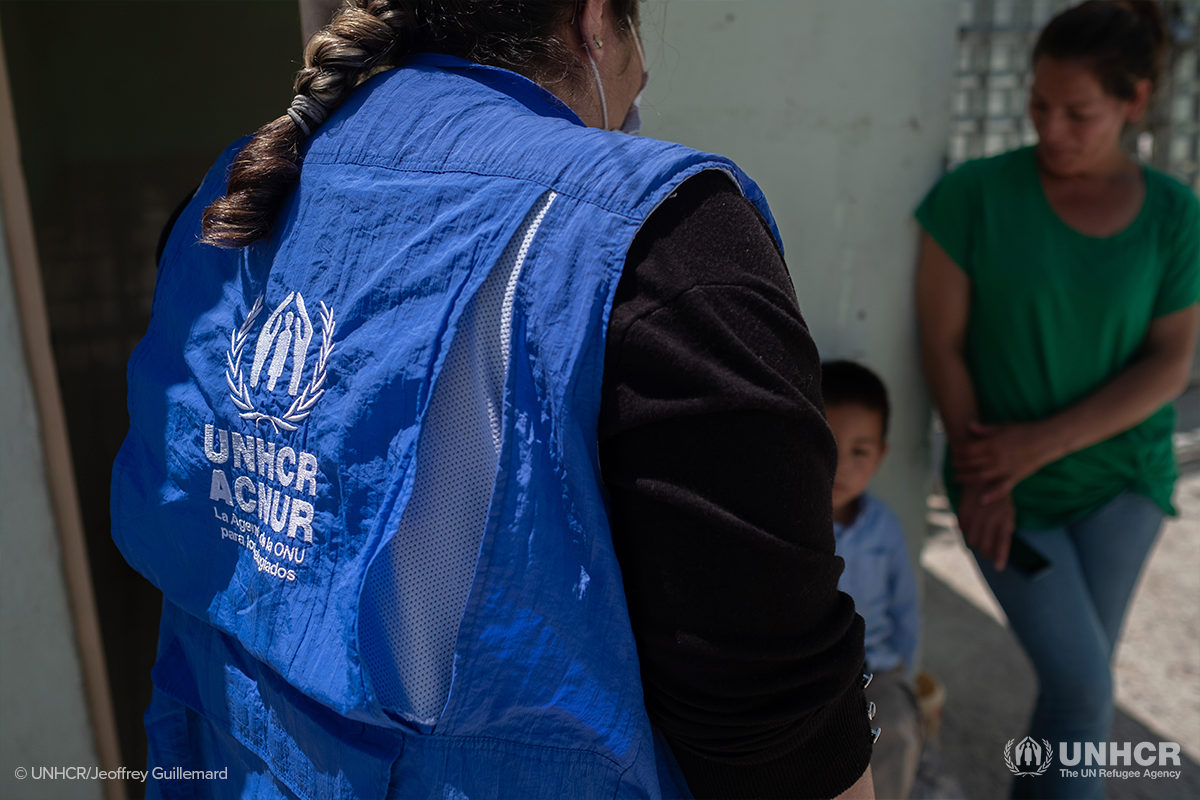
What is UNHCR doing at the U.S.-Mexico border?
Along both sides of the U.S.-Mexico border, UNHCR partners with civil society, governments, faith-based organizations, legal service providers and others to strengthen the humanitarian response to better protect asylum seekers, especially the most vulnerable among them.
UNHCR’s response has focused on supporting non-governmental shelters providing immediate housing and humanitarian assistance to asylum-seekers, expanding access to legal assistance for asylum seekers, preventing the separation of families, and providing technical advice to government authorities on how to develop fair and efficient asylum systems that respect international refugee law.
How you can help…
Become a monthly donor today and support UNHCR’s work to protect people around the world fleeing conflict and persecution.


